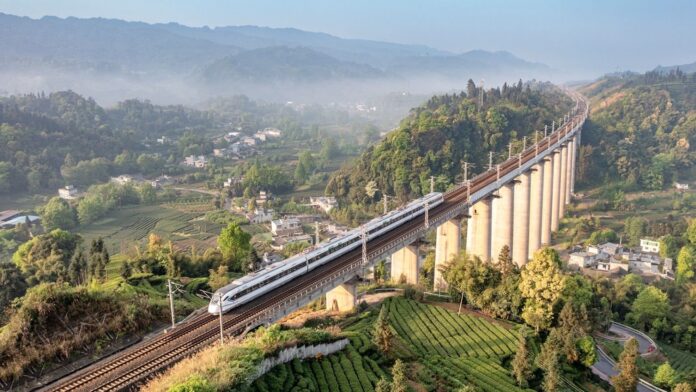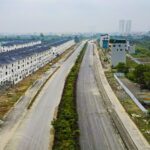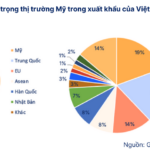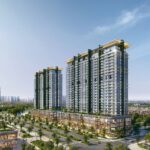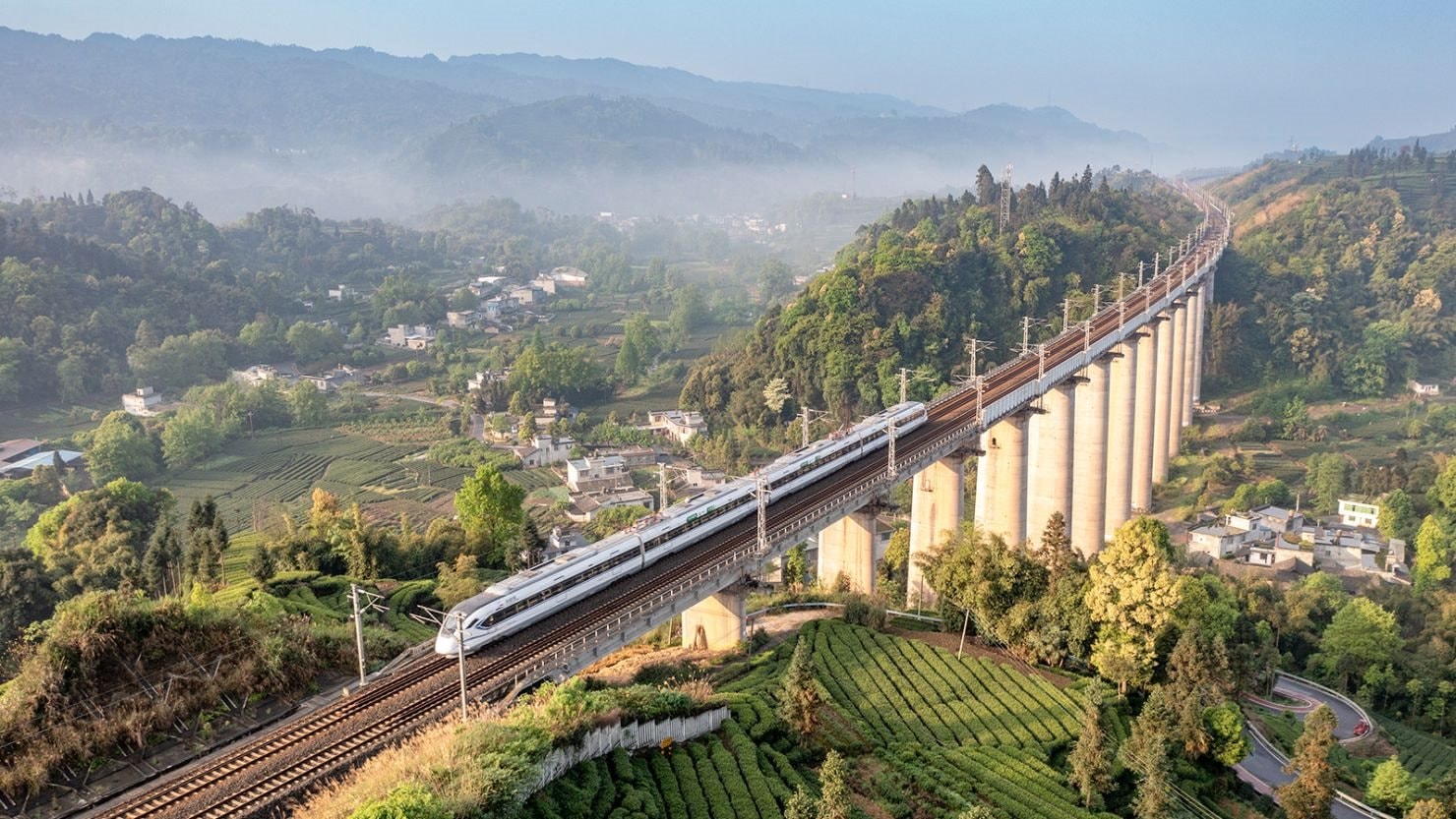
A highly ambitious high-speed rail project in Vietnam has recently garnered international media attention, including from American outlets. Newsweek reported on a proposed $60 billion plan to construct a high-speed rail line connecting Hanoi and Ho Chi Minh City. Upon completion, the project is expected to become one of the largest infrastructure undertakings in Asia.
Specifically, the Newsweek article highlighted the significant scale of the project. The Vietnamese government is considering a $60 billion proposal to build a high-speed rail line from Hanoi to the economic center in the country’s south, Ho Chi Minh City. This rail line would significantly reduce travel time between Vietnam’s two largest cities. Hanoi has a population of 8.7 million, while Ho Chi Minh City is home to 9.9 million people, according to the article, and this number is expected to increase with the expansion of the southern metropolis.
The publication also mentioned a proposal from Vinspeed, a company founded by billionaire Pham Nhat Vuong, which aims to complete the project five years earlier than the government’s previously announced timeline.
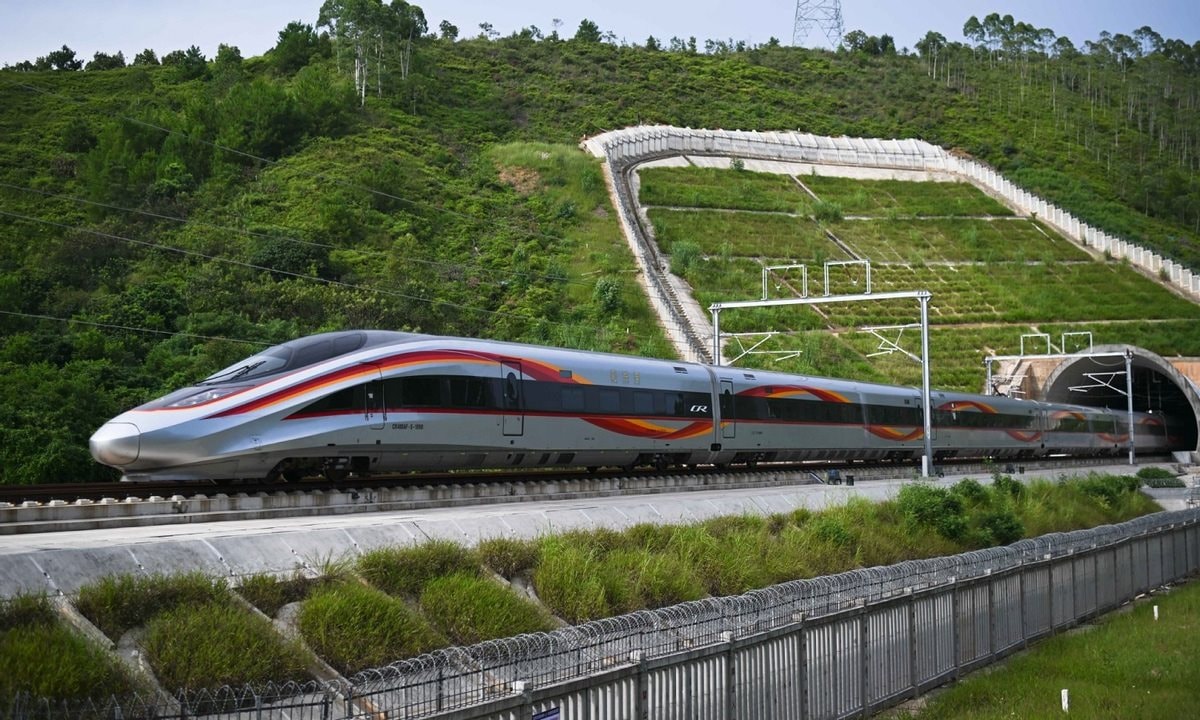
The American publication remarked that the high-speed rail line connecting Hanoi and Ho Chi Minh City would become one of the largest infrastructure projects in Asia. Illustrative image.
Vinspeed has committed to arranging 20% of the total investment and has requested that the government lend the remaining 80%, approximately $48 billion, at a 0% interest rate for 35 years. The company hopes to commence construction in 2025 and complete it by the end of the decade. Newsweek opined that this timeline is “one that high-speed rail projects in the West would be hard-pressed to match.”
Examining Vinspeed’s Proposals
In the context of high-speed rail development in Southeast Asia, Newsweek defines a passenger train as high-speed if it travels at a minimum of 124 mph (200 km/h) on upgraded tracks or 155 mph (250 km/h) on new tracks.
Currently, over 20 countries worldwide have high-speed rail networks, and several other Asian nations, including South Korea, China, and Japan, are considered leaders in this sector. China has built the world’s largest high-speed rail network in just two decades, spanning approximately 25,000 miles (40,000 km), more than double the total length of high-speed rail networks in the rest of the world combined.
Vinspeed has stated that they are in discussions for technology transfers with leading partners from China and Japan to locally produce locomotives, carriages, and signaling systems, building on the successes these nations have achieved with high-speed rail.
On the government’s side, Prime Minister Pham Minh Chinh has recently instructed the Ministry of Construction, the Ministry of Finance, the State Bank, and relevant agencies to examine Vinspeed’s proposals and report to the appropriate authorities.
At a recent meeting of the Steering Committee for key projects and important national programs in the railway sector, the Prime Minister emphasized that the ministries must carry out their work expeditiously, seriously, and scientifically, based on their functions, tasks, and authority, with a clear division of responsibilities and a clear timeline. He also requested weekly progress reports on this matter, to be submitted every Monday.
Regarding Vinspeed’s proposal for the North-South high-speed rail line, the company has been instructed to coordinate with relevant agencies to finalize the investment plan. A comparison will be made between the two investment options: state investment and private investment. The Prime Minister also noted that Vinspeed needs to demonstrate the advantages of speed and cost-effectiveness in implementing the high-speed rail project.
The Billion-Dollar Project: A Windfall for Hanoi’s Elite “Villa Village”
These projects facilitate convenient travel for residents of western Hanoi’s villas to the heart of the capital.
“US Tariffs Threaten FDI Appeal: Is Industrial Real Estate at Risk?”
The recent announcement of tariffs by the US, imposing up to 46% on exports from Vietnam, presents a significant challenge for various economic sectors, particularly industrial real estate. This industry has traditionally thrived on foreign direct investment and the demand for expanded production capabilities.

